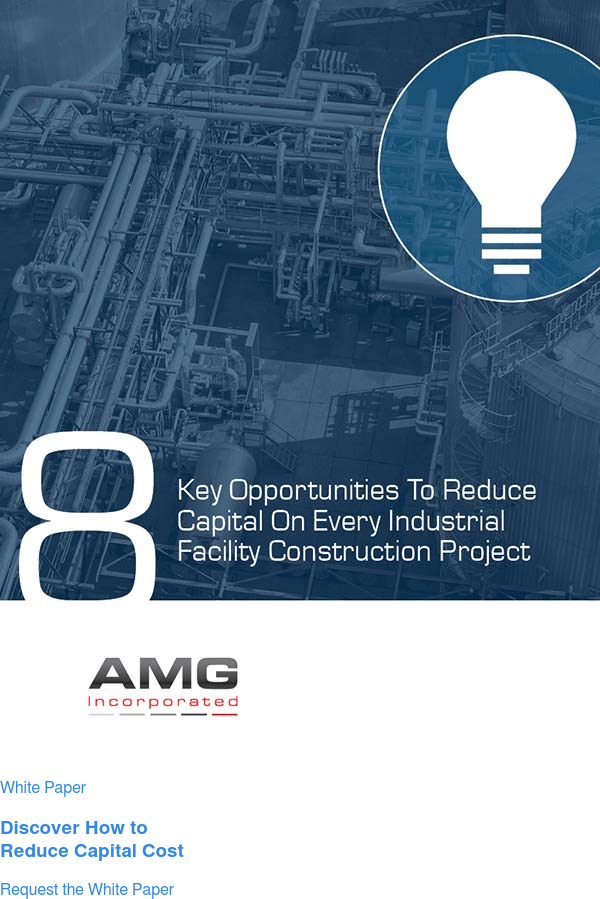With nearly every capital project taking place within today’s industrial facilities, the Capital Project Executive is looking to identify a final design and build solution that promises to improve revenue, reduce operating expenses, and minimize the capital cost involved.
That, of course, can be a formidable challenge on its own. But that’s just the start.
Competing wish lists and demands impact capital cost.
Adding to the complexity factor, however, is the tug of war that Capital Project Executives face between management, operations and maintenance once a project is identified. Often, each team delivers a litany of “wish list” items to the Executive—airing their concerns, outlining their needs, and pushing for improvements.
Many of these items are good in theory, or are even justified—but they can have a huge impact on the overall capital required for the project, threatening to derail the original capital predictions.
Is compromise really the solution?
Often, Project Executives will look to cut costs with their vendors in an effort to reduce the cost of the design and build. Or, they’ll look to compromise with each team and “wittle-down” either the design or budget as a result.
Because many companies operate with a historical mindset (i.e., This is what we’ve always done, so it’s what we’ll continue to do), Project Executives may not realize that they have several opportunities to reduce capital on the project outside of the original design.
In truth, employing an open mind reveals ample opportunity at nearly every critical decision point to leverage different approaches or alternative solutions to reduce capital.
Success relies on asking the right questions at the right moments.
To identify these opportunities, sophisticated Capital Project Executives must learn how to position the right types of questions at the right moments of project planning.
In our experience working with agri-business, chemical processing, and bulk material handling facilities, there are 8 core aspects of every capital project that present ample opportunities to reduce capital. These phases include:
- Capacity Considerations
- Facility Location
- Site Conditions
- Project Schedule
- Construction Types
- Equipment Choices
- Redundancy Decisions
- Procurement Strategies
Identifying all the options available, and understanding all alternative approaches, at each stage of the process enables Capital Project Executives to make sound decisions that minimize or decrease capital.
So, what questions should you ask when?
In our latest white paper, 8 Key Areas of Opportunities to Reduce Capital on Every Industrial Facility Construction Project, we discuss how each major area outlined above affects the capital involved in every greenfield, plant expansion, or de-bottlenecking project.
This educational white paper serves as a roadmap for improved project planning, an outline for conversations with facility and project teams, and as a catalyst to foster new ideas specific to both your industry and your facility to reduce capital and improve ROI.
Download your free copy today and discover where you can reduce capital on your next facility construction project.


